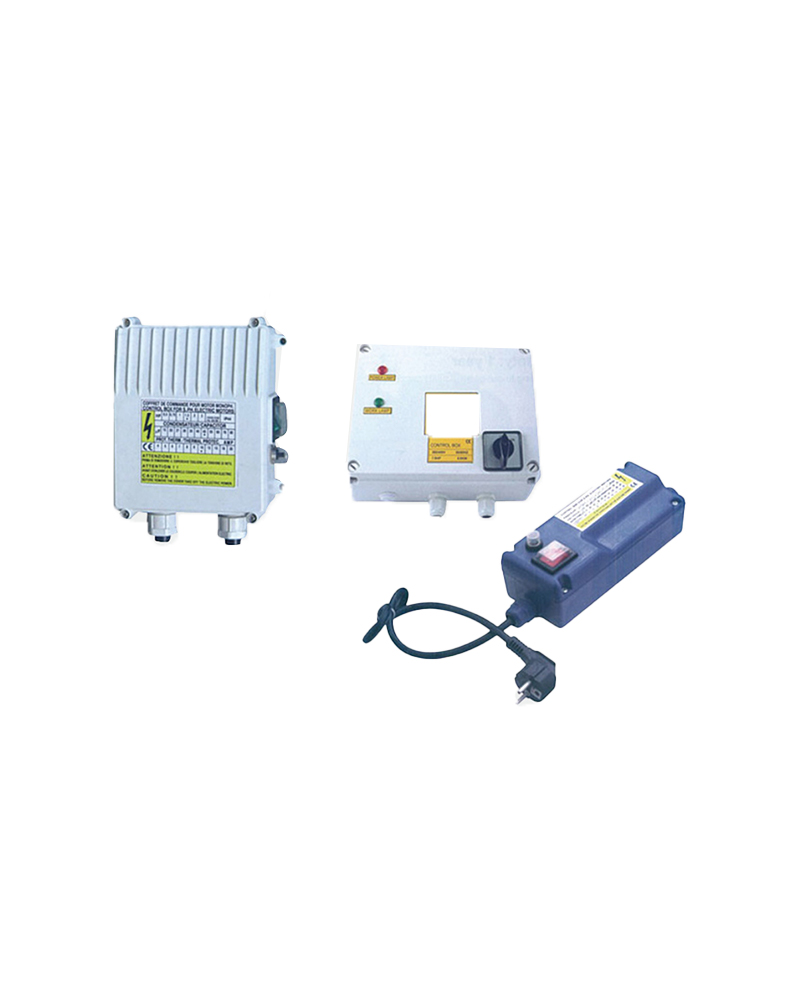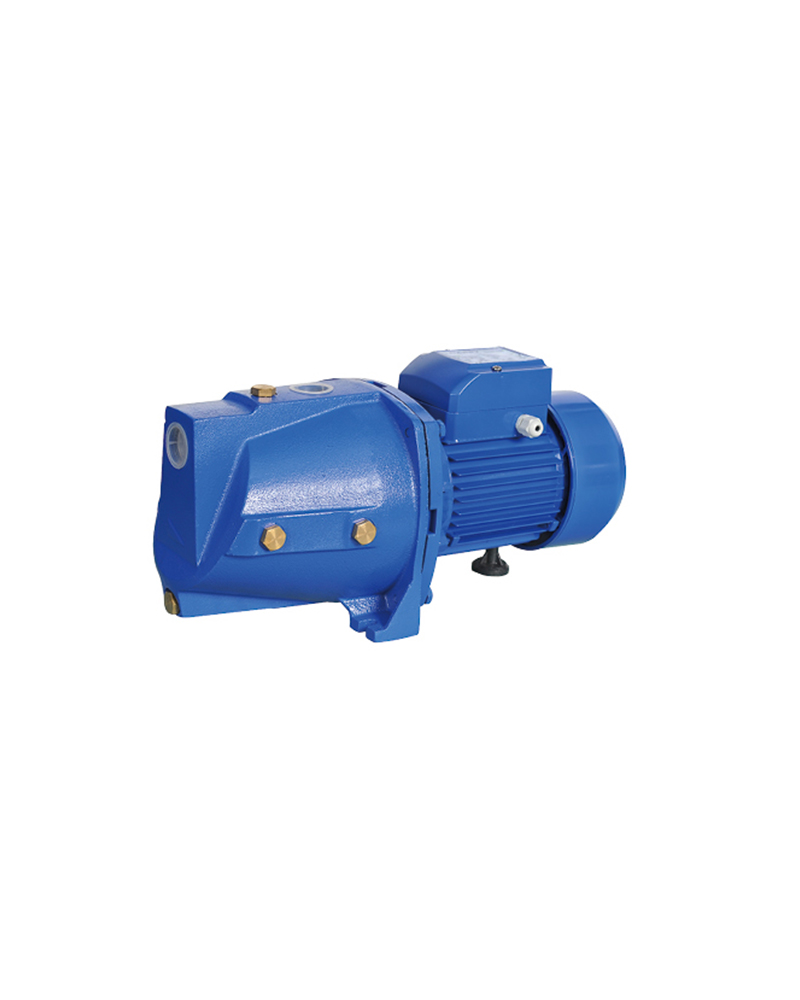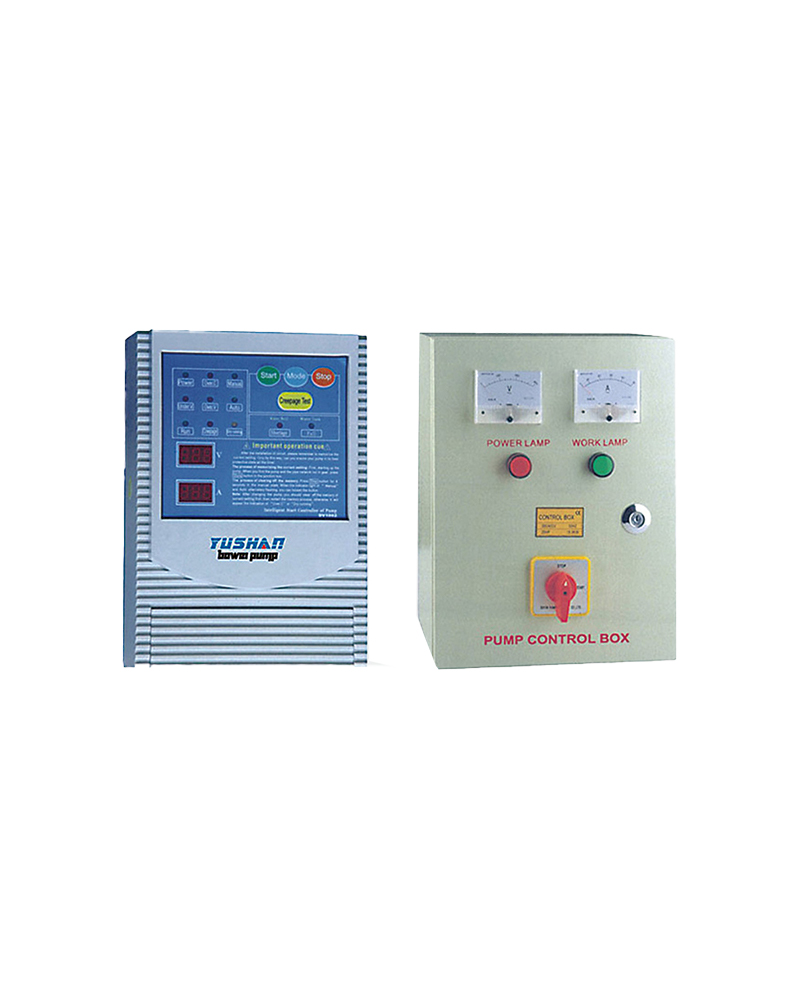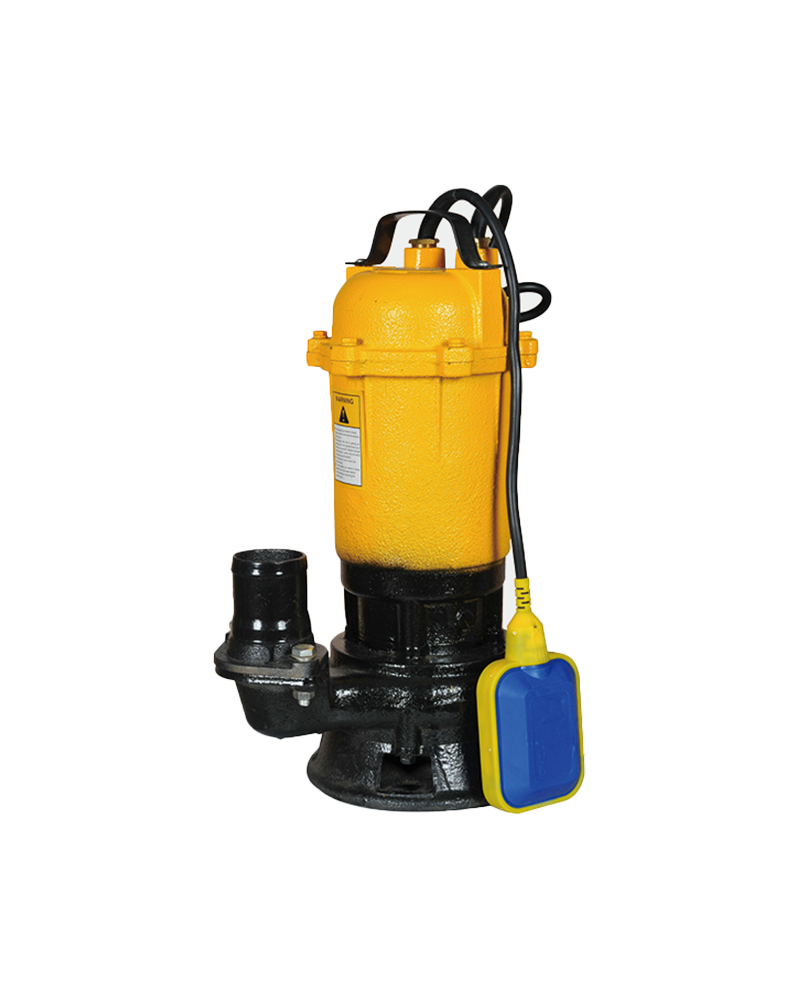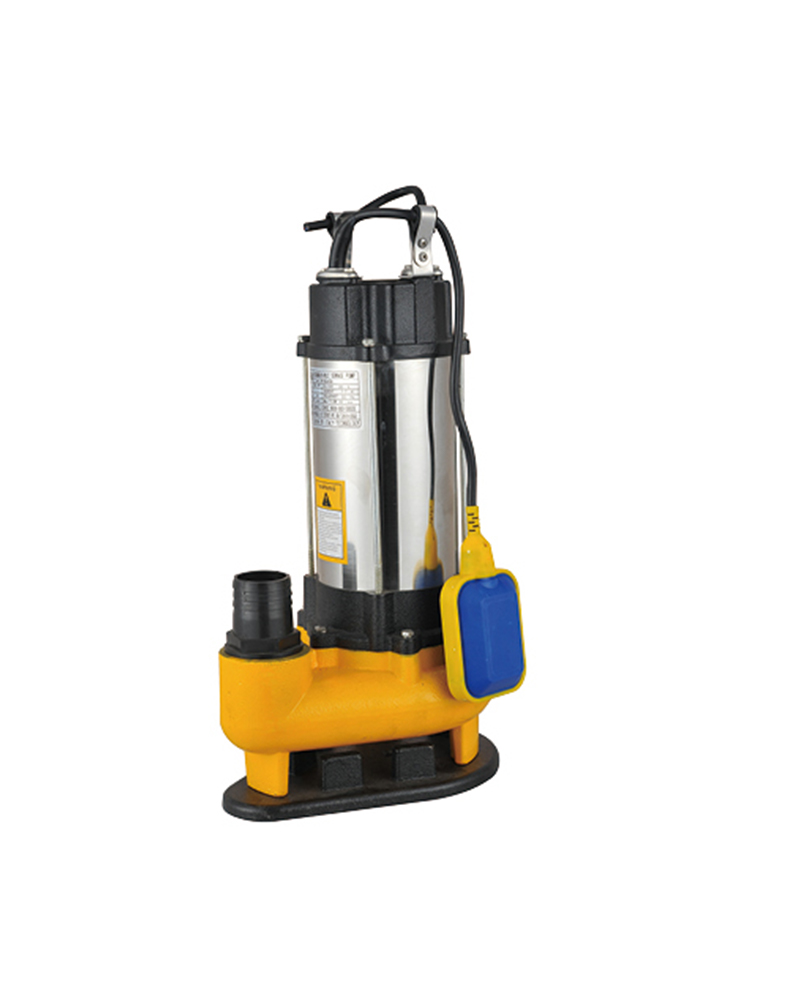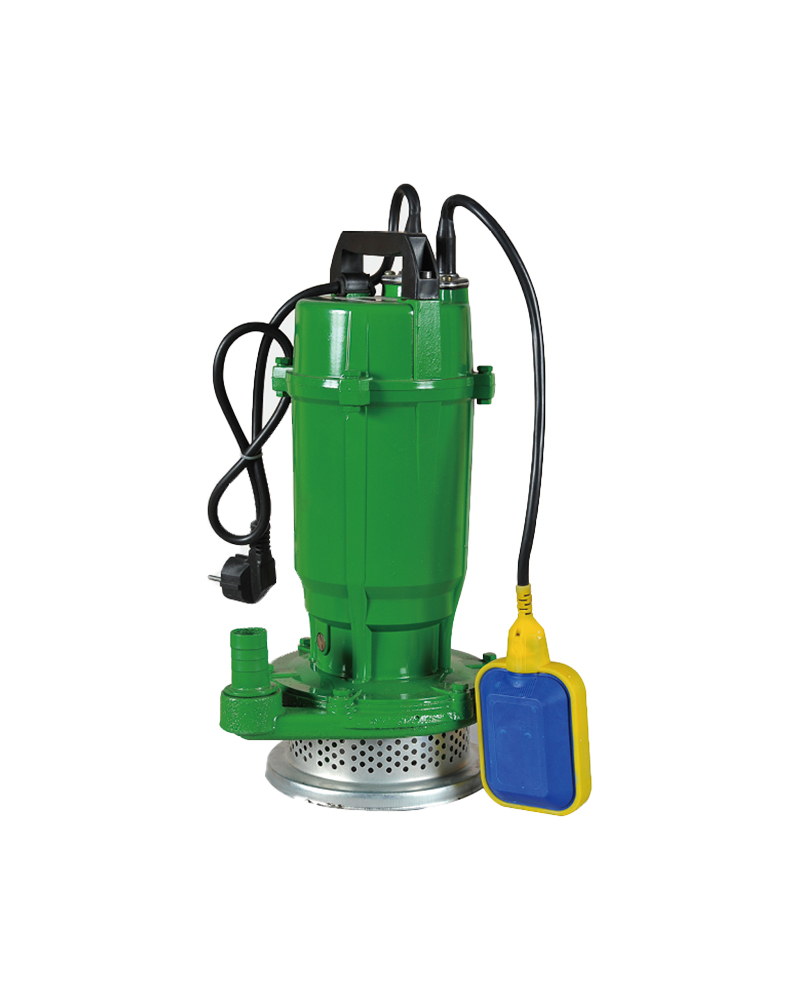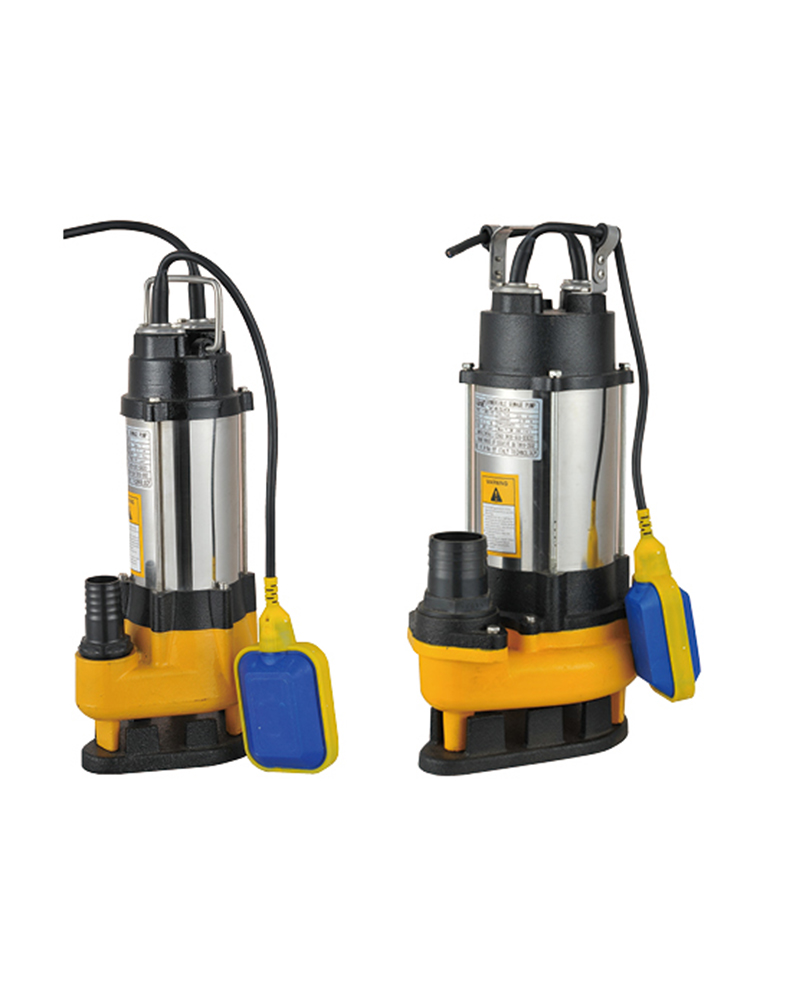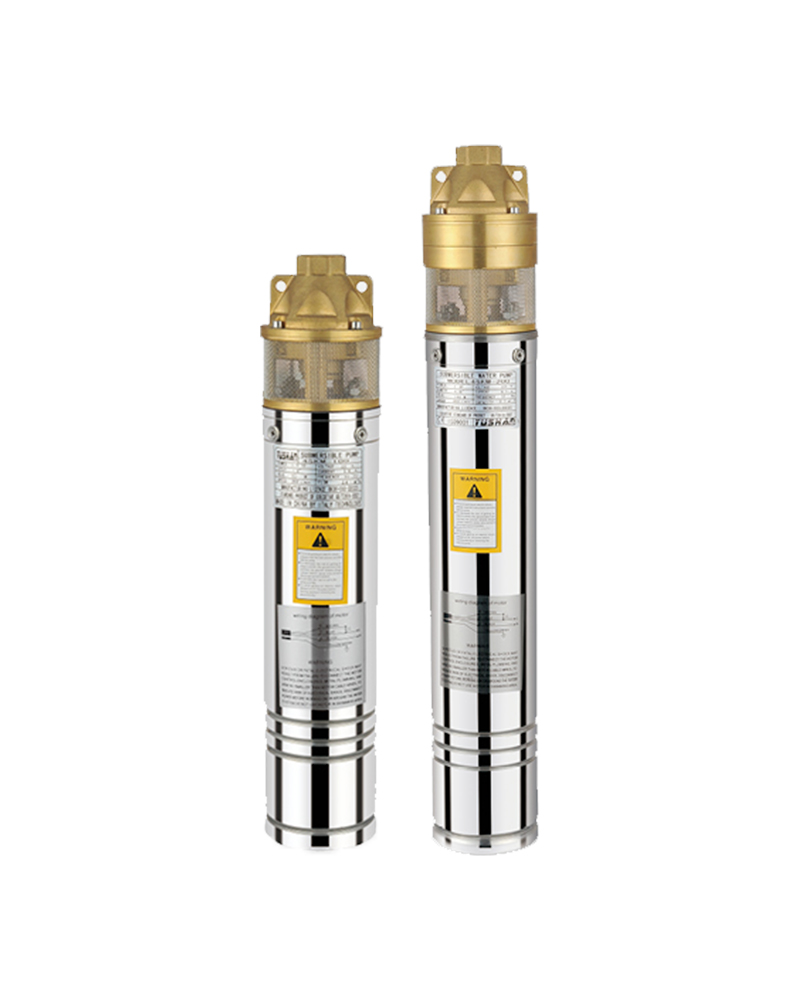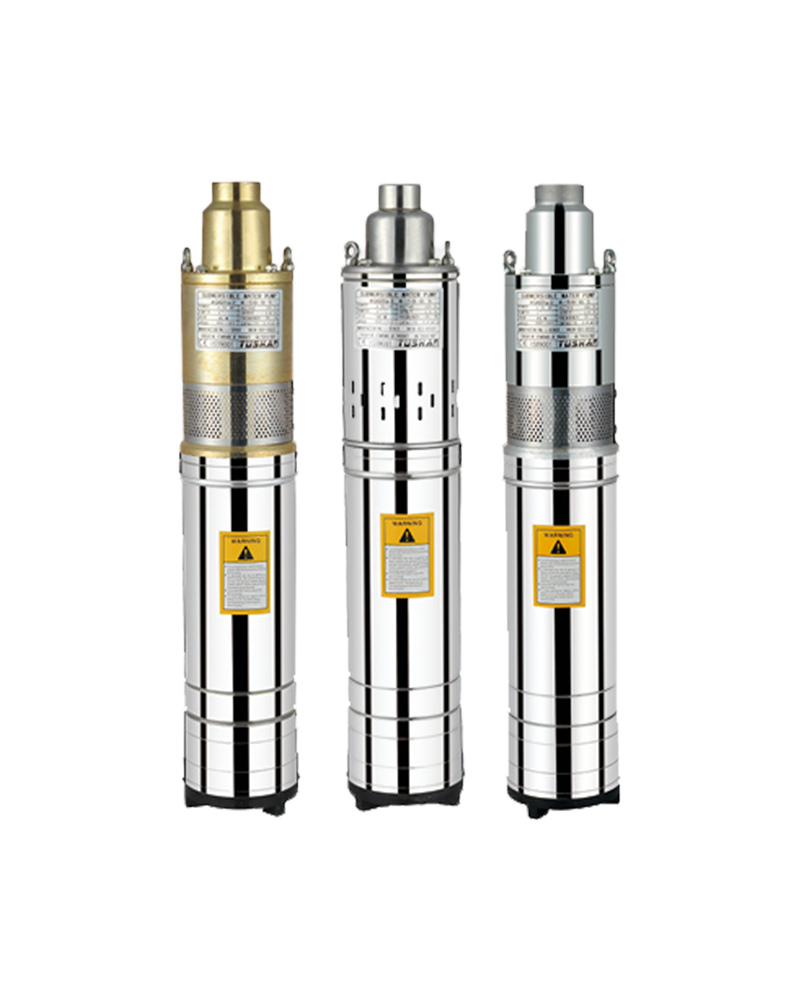Among the extensive array of machines designed for fluid transfer in various applications, submersible pumps, especially those with iron impellers, are unique for their robustness, efficiency, and the broad spectrum of contexts they adequately service. This paper seeks to elucidate the notable features of iron impeller submersible pumps, expounding on their design characteristics, functional advantages, and potential application areas. Perhaps it would be prudent to commence by defining what iron impeller submersible pumps are.
As the name suggests, these Iron impeller Submersible Pumps have an impeller made of iron, deliberately chosen for its strength, durability, and resistance to wear and tear. The impeller is designed to push water rather than draw it, increasing its effectiveness. ‘Submersible’ refers to the pump's ability to function while entirely submerged in the liquid meant for pumping, a feature that significantly broadens its range of uses. One of the most notable benefits of iron impeller submersible pumps lies in their design. Unlike most other pumps, they can effortlessly pump fluids with high solid contents, including sewage and wastewater.
This is largely attributable to the iron impeller, which resists wear and reduces the risk of damage from small, hard particles. Another advantage of these pumps is their unparalleled efficiency. Since they are submersible, they don't need to use energy to pull water into the system. As soon as they are submerged, contact with the fluid enables immediate action, conserving energy that would have otherwise been expended in the initial stages of pumping. This function lends itself to reducing operational costs in the long run. Given these attributes, iron impeller submersible pumps find industrial, commercial, agricultural, and residential applications.
In industry, they are indispensable for dewatering construction sites and mines or sewage treatment. In residential settings, they can be used to drain flooded basements or garages or to power a home's water supply system. Agriculturally, these Iron impeller Submersible Pumps are frequently employed for irrigation, transferring water from wells to the surface for crop irrigation. To ensure optimal performance from an iron impeller submersible pump, proper care and maintenance are essential. Regularly checking for signs of damage or wear, particularly on the iron impeller, can extend the pump's lifespan and maintain its efficiency. Further, although the iron impeller boasts considerable durability, it should be protected from contact with harsh, corrosive substances as much as possible.
In conclusion, the iron impeller submersible pump is an unsung hero in the realm of pumps. Its hardy design and the versatility of its applications contribute to the machinery's high value to various sectors. As the demand for efficient, robust, and versatile water pumps continues to rise, the focus is shifting to devices like the iron impeller submersible pumps, whose amalgamation of beneficial features positions them as a cut above the rest. Through a thorough understanding of these pumps, users can better determine maintenance needs and derive maximum benefit from their operations. But the future could present even more sophisticated designs that are more powerful and more energy efficient. Only time will tell what exciting innovations wait on the horizon for iron impeller submersible pumps.



 English
English
 Español
Español
 عربى
عربى
